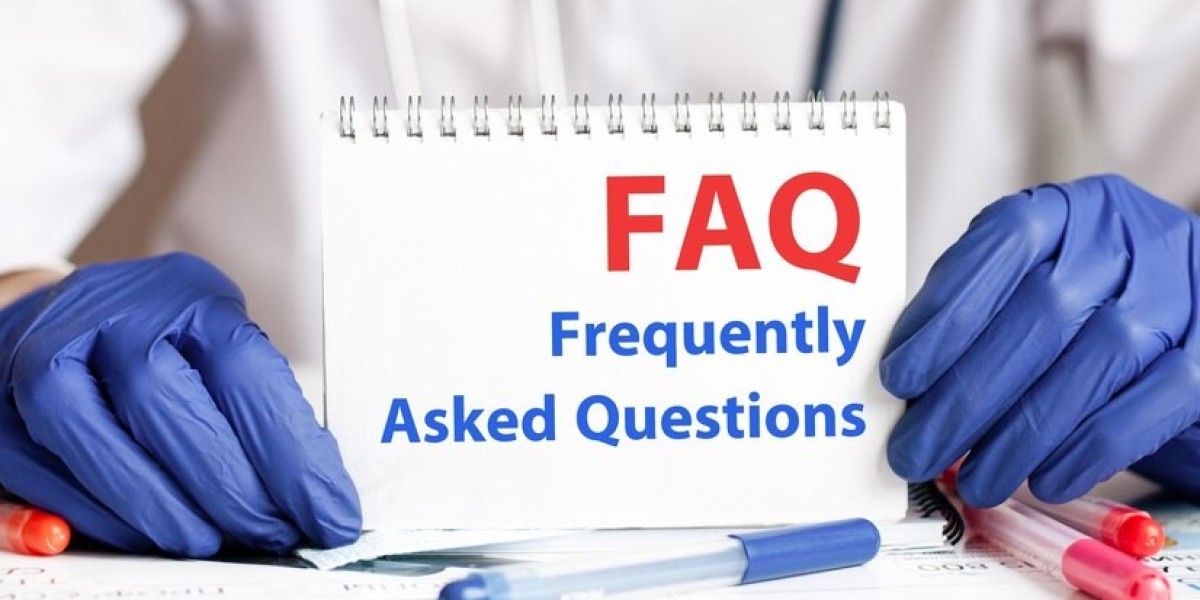
PANDAS (Pediatric Autoimmune Neuropsychiatric Disorders Associated with Streptococcal Infections) and PANS (Pediatric Acute-onset Neuropsychiatric Syndrome) are medical conditions that affect children and cause sudden onset behavioral and neurological symptoms. These conditions are often underdiagnosed and can significantly impact a child's life.
Q1. What is PANS and PANDAS?
A: The treatment options for PANDAS and PANS typically involve a combination of medical and therapeutic interventions. The primary goal of treatment is to reduce inflammation, manage symptoms, and promote overall well-being. The following treatment modalities may be considered:
Antibiotics: Antibiotics, such as penicillin or amoxicillin, are commonly prescribed to treat streptococcal infections that may trigger PANDAS symptoms. The aim is to eliminate the underlying infection and reduce the autoimmune response.
Immunomodulatory Therapies: In more severe cases or when symptoms persist, immunomodulatory therapies may be recommended. These treatments, such as intravenous immunoglobulin (IVIG) or plasma exchange, work by modulating the immune system and reducing inflammation.
Symptom Management: Various medications can help manage specific symptoms associated with PANDAS and PANS. For example, selective serotonin reuptake inhibitors (SSRIs) may be prescribed to alleviate anxiety and mood-related symptoms.
Cognitive Behavioral Therapy (CBT): CBT is a type of psychotherapy that helps children and their families understand and manage the emotional and behavioral aspects of PANDAS and PANS. CBT can be beneficial in addressing anxiety, obsessive-compulsive symptoms, and other related issues.
Supportive Care: Providing a supportive and nurturing environment for the child is crucial. This may involve working closely with the child's school to implement appropriate accommodations, ensuring proper sleep hygiene, and engaging in activities that promote relaxation and stress reduction.
Q2. How long does the treatment for PANDAS and PANS last?
A: The duration of PANDAS and PANS Treatment varies depending on the individual child and the severity of their symptoms. Some children may respond well to a short course of antibiotics and show significant improvement within weeks. In other cases, treatment may be ongoing and require a combination of therapies over an extended period. It is important to work closely with a healthcare professional experienced in treating PANDAS and PANS to develop an individualized treatment plan.
Q3. Are there any alternative or complementary treatments for PANDAS and PANS?
A: While the primary treatment approach for PANDAS and PANS involves conventional medical and therapeutic interventions, some alternative or complementary treatments may be considered. These might include dietary modifications, nutritional supplements, and alternative therapies such as acupuncture or chiropractic care. However, it is essential to discuss these options with a healthcare professional to ensure their safety, effectiveness, and compatibility with the child's overall treatment plan.
Q4. Can PANDAS and PANS be cured?
A: While there is currently no known cure for PANDAS and PANS, timely and appropriate treatment can lead to significant symptom improvement and remission in many cases. With proper management, children can experience a reduction in symptoms and regain their normal functioning. However, it is important to note that individual responses to treatment can vary, and ongoing monitoring and care may be necessary to maintain long-term stability.
Q5. Are PANDAS and PANS lifelong conditions?
A: PANDAS and PANS are considered treatable conditions, and many children experience remission of symptoms with appropriate intervention. However, in some cases, symptoms may persist or recur. Long-term management and follow-up are important to monitor the child's progress and adjust treatment strategies as needed. With consistent care and support, many children can lead fulfilling lives despite having experienced PANDAS or PANS.
Q6. Can PANDAS and PANS symptoms relapse after treatment?
A: While many children experience significant improvement and remission of symptoms with treatment, symptom relapse is possible, particularly during times of immune system stress or subsequent infections. It is essential to continue monitoring the child's condition and promptly address any new or recurring symptoms with the healthcare provider.
Q7. Are there any lifestyle changes that can support PANDAS and PANS treatment?
A: Adopting a healthy lifestyle can complement the treatment of PANDAS and PANS. Encouraging regular exercise, promoting a nutritious diet, ensuring adequate sleep, and minimizing stress can all contribute to overall well-being and support the child's recovery process.
Conclusion
Treating PANDAS and PANS requires a comprehensive approach that combines medical interventions, therapeutic support, and ongoing care. The goal is to reduce inflammation, manage symptoms, and improve the child's overall well-being. With early diagnosis and appropriate treatment, many children with PANDAS and PANS can experience significant improvement and lead fulfilling lives. It is essential for parents and caregivers to work closely with healthcare professionals experienced in these conditions to develop a tailored treatment plan for each child.








